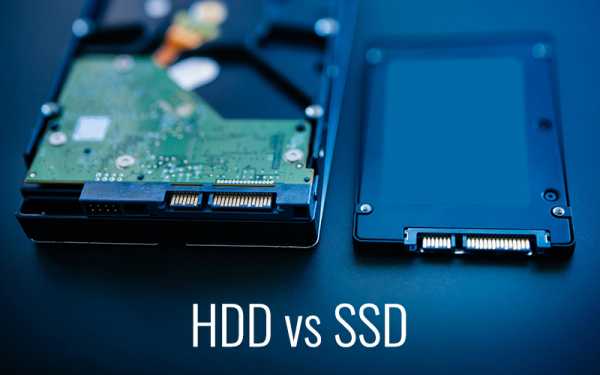Solid-State Drives (SSD) are now on their way to replace traditional hard disk drives in many IT, POS and consumer applications.
Much more expensive a few years ago than conventional hard disks, SSDs have gradually gained in reliability, power and performance, while becoming much more affordable with their increased popularity.
Today, SSDs are designed to last a very long time, with lifetimes that can reach 10 years.
An SSD (Solid-State Drive) allows the storage of system data or working files on a flash memory, like a USB key or a smartphone, for example. Its performance is clearly superior to that of conventional hard disks. Instead of depending on physically “writing data on a disk, flash memory uses memory chips. In these chips, semiconductors flip arrays into different states of electric charge to store code. Since nothing moves but the electrical patterns, the storage drive is “solid state.”
SSD vs HDD
More impact resistance
SSDs are inherently and physically much more resilient than traditional hard disks. They lack all the moving and mechanical components that make up HDDs (Hard Drive Disks), which makes them much more reliable and almost insensitive to shocks and vibrations.
No equipment overheating
Unlike hard disks, this total absence of moving mechanical parts that characterizes SSDs allows them to emit practically no heat source; this is very important at the point of sale where the overheating of the POS system (which sometimes work whole days) was one of the main causes of various failures.
Silent POS terminals
With no mobile mechanical parts or integrated sub-systems, Solid State Drives also offer the advantage of eliminating most of the undesirable noise emitted by traditional hard disks in operation (rubbing, squeaking and various blows). For users as well as for consumers in line at the POS checkout, dealing with perfectly silent equipment brings a major and indispensable comfort; this improves the customer experience and the overall perception of the checkout experience and the whole in-store environment.
Unrivalled performance
SSDs offer technical performance unmatched by HDDs:
- Access time – the time required to access data – is at least 20 times shorter for an SSD (file access time is about 7 milliseconds for the best hard disks and only 0.1 milliseconds for an SSD).
- As for the transfer rate, which indicates the data rate between the SSD’s flash memory and the computer or POS, it is at least ten times higher than HDD (the transfer speed of the best hard disks reaches at best 100 MB/second while all SSDs exceed 500 MB/s).
These technical advantages have allowed SSDs to marginalize hard disks, with the exception of the storage of personal data, during backups for example.
The rise in load and power of SSDs
Over time, manufacturers of flash memory storage solutions have increasingly innovated and integrated SSDs into their hardware.
The first Solid State Drive was introduced in 1991 by SanDisk. It offered a modest capacity of 20 MB for a price of $1,000, a performance/price ratio that seems outrageous today.
In 1995, M-Systems introduced flash memory in SSDs for consumer products. Before that date, their resistance to shocks, vibrations, reliability and the fact that they gave off virtually no heat meant that they were primarily used in military and aeronautical applications.
In 1999, BiTMICRO announced a 3.5-inch SSD with 18GB storage capacity, a significant advance at the time.
Then in 2007, Fusion-io launched an SSD capable of 100,000 read-write operations/second with a capacity of 320 GB. This was the beginning of their marketing to the general public.
In 2009, it was OCZ Technology’s turn to offer a 1TB SSD (Tera Byte) with a write and read speed of about 700 MB per second.
Today, performance has continues to improve, but above all, the price of SSDs has fallen significantly. And storage capacities now reach 8 and even 16 TB! (Samsung launched a 16TB SSD in 2015).
Essential assets for CIOs and the POS
For POS IT Services, the reliability of SSDs and their longevity make it possible today to considerably reduce technical support and after-sales service interventions.
Their very low temperature rise – which is almost nil – also limits the risk of breakdown (unlike the heat emanations of conventional HDDs which can reach 50°C in some cases).
For Retail and points of sale or service, the total absence of noise pollution from SSDs in operation considerably reduces the global level of noise emitted by POS systems, which is also a major asset.
With an SSD, Windows startup and access to work applications are also much faster, which saves significant time for users and therefore for in-store customers.
Today, SSDs represent an important guarantee for improved productivity and performance at the POS. For this reason, AURES has been integrating them as a standard component of its products for several years now.




